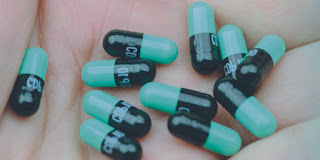Why is pharmacology important in the field of medicine?

Pharmacology is the study of those drugs. No matter which branch of medicine you end up in, you are bound to know about drugs. It is not only about knowing where to use them, it is also about knowing where not to use them. Even surgeons need to know and optimise the pharmacotherapy of certain drugs that they routinely prescribe. So, there is no escape from this ever important field of medicine . You need to have basic knowledge of these drugs even if you are not prescribing all of them. For more details regarding the conference please visit: https://medicinalchemistryconferences.com/ Regards Ferruccio Steven | Program Manager | Pharmacology 2020 Larix International Pte Ltd Contact: +65 31655042 WhatsApp: +65 3158 6820 Email: ferrucciosteven@gmail.com





